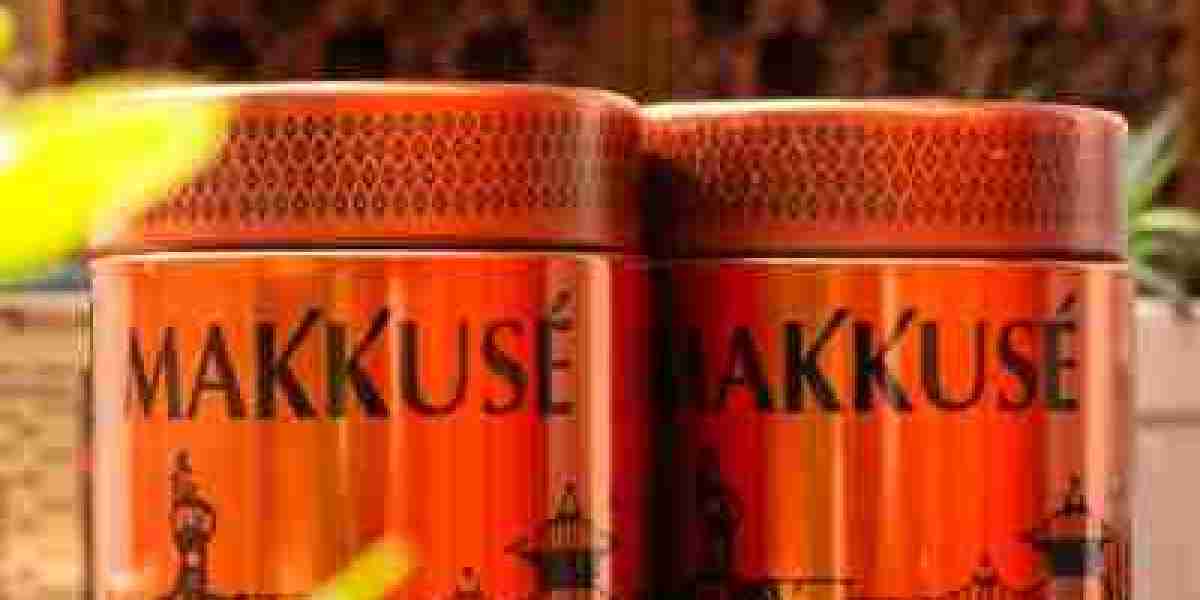If you’re a fan of traditional sweets and are looking for something unique, flavorful, and packed with cultural heritage, Pustakari Nepal is a must-try. This delightful Nepali hard candy is made from thickened milk and offers a rich, creamy taste that has satisfied generations. Loved by children and adults alike, Pustakari holds a special place in Nepalese households and festivals. But what exactly is Pustakari? Let’s take a closer look at this iconic treat and why it deserves a spot on your snack shelf.
What is Pustakari?
Pustakari is a traditional Nepali sweet made by thickening milk and combining it with jaggery (or sugar) and a hint of ghee. The mixture is cooked slowly over a low flame until it thickens and develops a chewy, dense consistency. It is then shaped into small, rectangular or round candies and left to cool. Once hardened, the candy becomes a satisfying treat with a rich caramel-milk flavor and a firm texture.
It is often considered a healthier alternative to processed sweets due to its minimal ingredients and lack of preservatives.
The Cultural Importance of Pustakari in Nepal
In Nepal, sweets are more than just snacks—they are symbols of celebration, tradition, and hospitality. Pustakari is a staple during festivals like Dashain, Tihar, and Teej, and is often offered to guests during family gatherings and special events.
Many Nepalese parents and grandparents remember eating Pustakari as a child and often pass down homemade recipes to keep the tradition alive. It is also common to find street vendors and local sweet shops selling Pustakari in villages and urban centers across Nepal.
Ingredients That Make Pustakari Special
The simplicity of Pustakari’s ingredients is part of its charm. Here are the typical components:
Thickened milk: The main base that gives Pustakari its creamy texture.
Jaggery (Gud): A traditional sweetener made from sugarcane or palm that adds depth and richness.
Ghee: Clarified butter used to prevent sticking and enhance the flavor.
Optional flavors: Some versions include crushed nuts, coconut, cardamom, or cinnamon for an extra kick.
These natural ingredients come together to create a sweet that is both wholesome and indulgent.
Health Benefits of Pustakari
While Pustakari is a sweet, it can offer some nutritional benefits, especially when compared to overly processed candies:
Calcium: Since it is made from milk, Pustakari provides a good source of calcium for strong bones.
Iron: Jaggery is rich in iron, which can help boost hemoglobin levels.
Energy booster: The combination of milk and jaggery offers a quick energy release, making it an ideal treat during long days or festivals.
Of course, like any sweet, it should be enjoyed in moderation, but Pustakari can be a smarter indulgence for those seeking traditional, homemade alternatives.
Where to Buy Authentic Pustakari
Traditionally, Pustakari is handmade at home or purchased from local markets in Nepal. However, thanks to modern online shopping, authentic Pustakari is now available for international customers too.
If you want to experience the true taste of Nepal, consider ordering your Pustakari from trusted Nepali sweet brands or online platforms that specialize in traditional South Asian foods. Look for sellers that use natural ingredients and traditional cooking methods for the best quality.
Buy Now and enjoy the rich, nostalgic flavor of Nepali Pustakari delivered straight to your door.
How to Enjoy Pustakari
Pustakari is a versatile treat that can be enjoyed in several ways:
As a snack: Perfect for enjoying with tea or coffee.
During festivals: Serve alongside other sweets and savories.
As a gift: Packaged Pustakari makes a thoughtful gift for loved ones interested in world cuisine.
Some people also crumble it and add it to warm milk or porridge for a sweet, comforting breakfast option.
Preserving the Tradition of Pustakari
As modern lifestyles and imported sweets take over the market, traditional confections like Pustakari risk becoming forgotten. Supporting local artisans, buying traditional sweets, and sharing them with younger generations helps keep this cultural gem alive.








